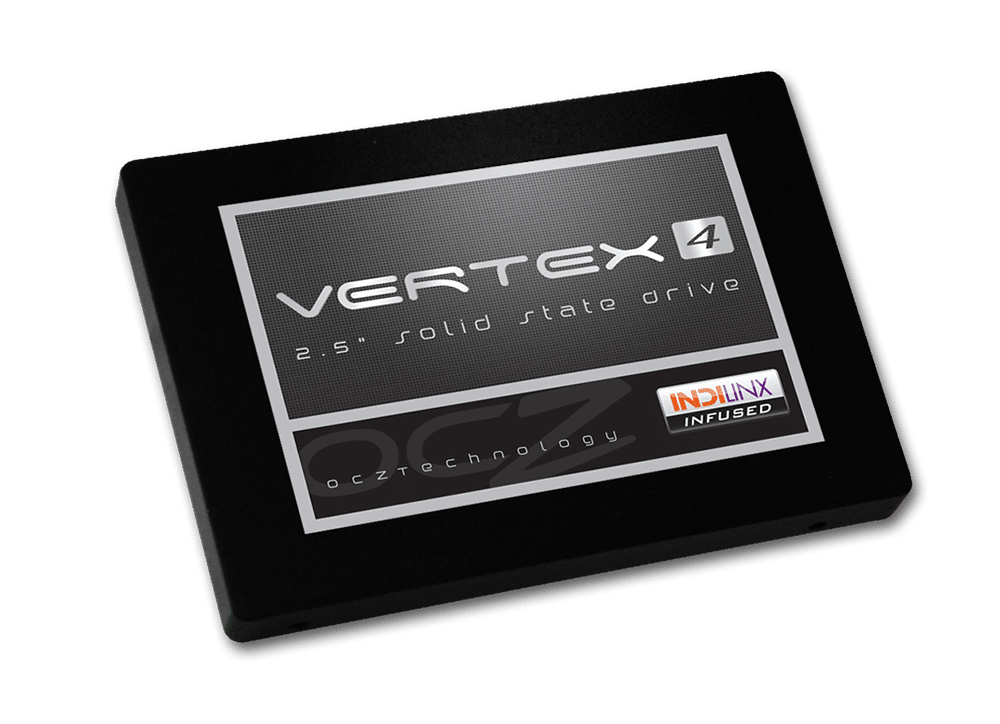In this article, we’ll break down what NIST 800-88 actually requires, why storage media of all types can defy expectations, and how verification services close the gap between intention and assurance.
It’s Rocket Science, Sort Of

Comparing a new solid state drive (SSD) to a more traditional electro-mechanical drive is like comparing an internal combustion engine to an electric motor.
Both devices provide power, but in different ways.
The engine is more complex, has many more moving parts and takes up more space than the motor, which runs cleaner and can be more efficient to use.
You can make the same type of case for conventional hard drives vs. SSDs.
A Half Century of Hard Drives
If you’re an adult, you undoubtedly grew up using hard drives in your desktop and laptop computers. These more traditional drives have internal disks that spin around like records on a record player. All the moving parts have to work in unison, with a high degree of accuracy and reliability, to read and write data.
While less efficient, conventional hard drives have been around for more than 50 years and they work relatively well, but then something new came along that was smaller and faster.
21st Century Technology
Modern computer users now have another choice – the SSD.
Solid state drives have no moving parts. They store data electronically, on flash memory chips, using a much faster process than their spinning cousins.
You probably have used something like this if you have a smart phone, tablet, flash drive or one of the newest “thin” laptop computers. All of those devices use solid state storage for data.
While the process of using solid state storage may not involve moving parts, it is still a complex operation. An SSD uses the flow of electrons to keep track of data instead of the more physical interaction between read/write heads and the surface of a spinning disk where bits of data are stored.
More than 39 million solid states drives were shipped globally last year, that’s a 128 percent jump from 2011. Total production is forecast to more than double in 2013, according to a report from Storage Newsletter.
DriveSavers anticipated the growth in SSD usage and has been working for years with SSD manufacturers and key component makers to develop unique and proprietary tools and the industry’s best practices for recovery when the devices malfunction and cause data loss.
More Background
There is loads of technical background online about SSDs, but if you’re not an especially technical person, the details explaining how they work can be confusing due to a heavy load of technical jargon.
To get a basic grounding on how SSDs work, here’s a link to one of the simplest explanations available online.
For a history of SSD development, check out this link from Storage Search.






